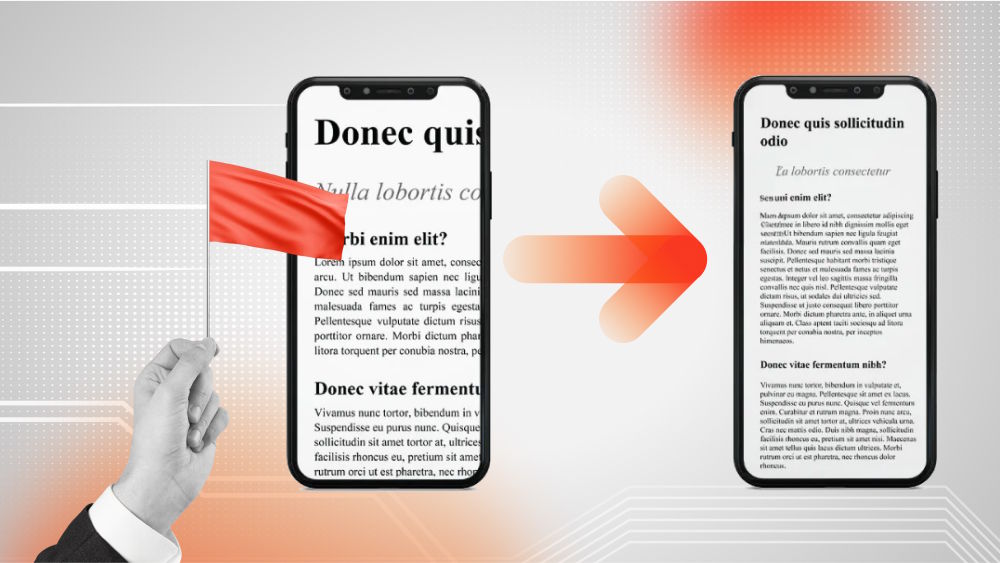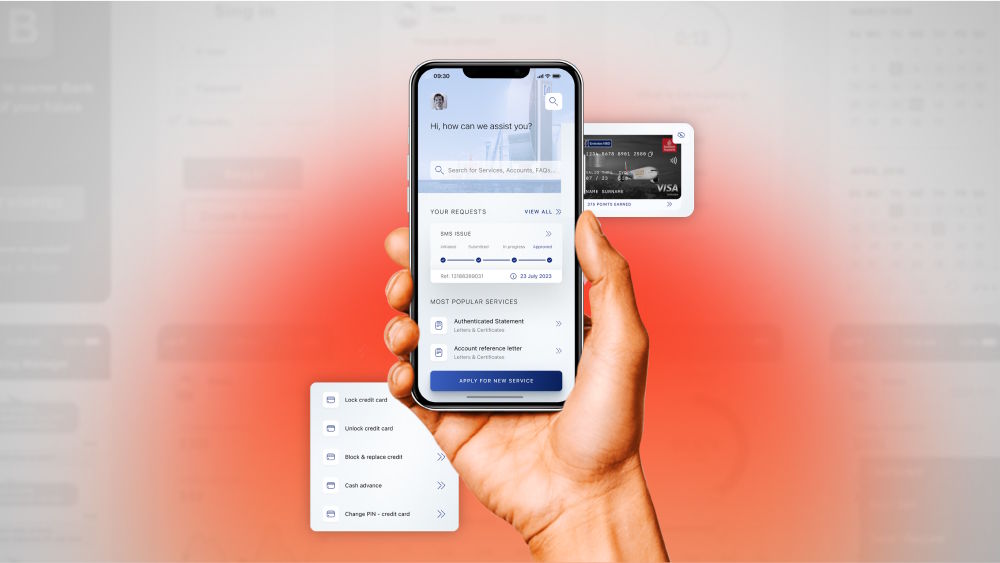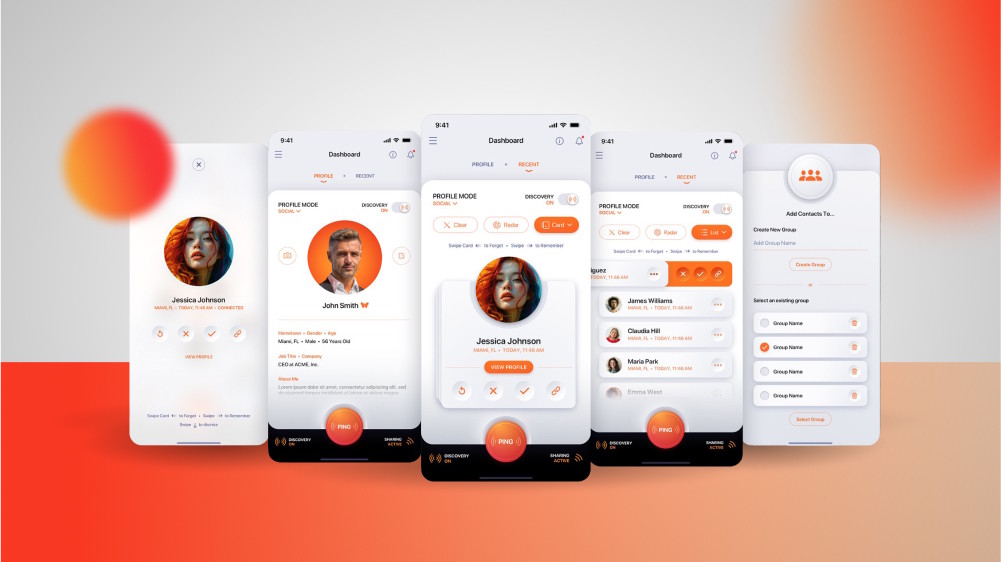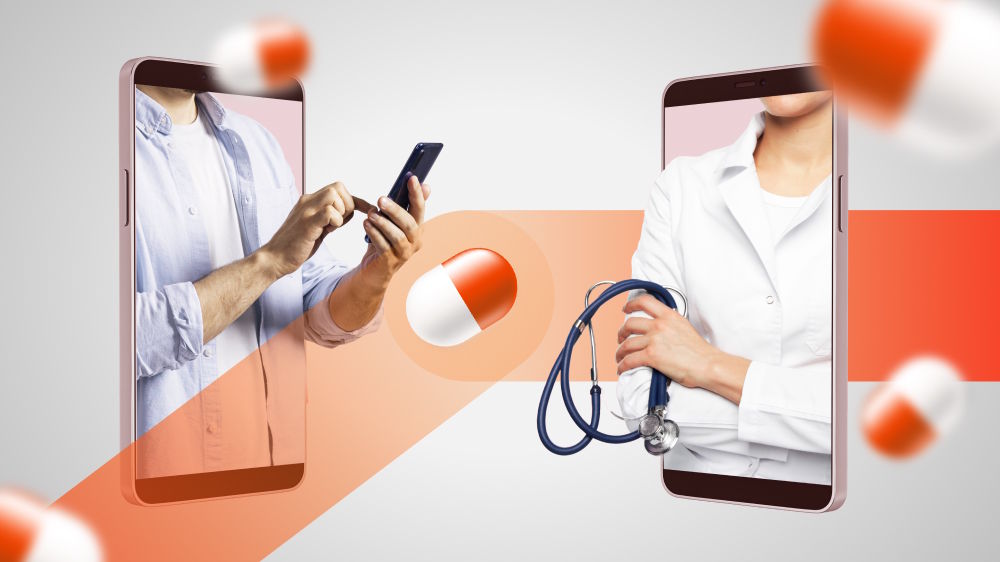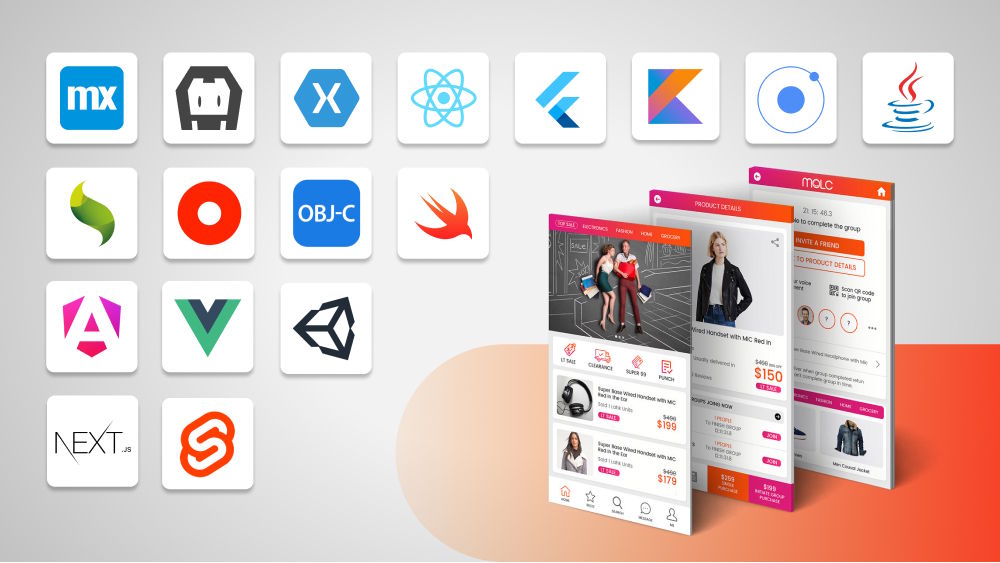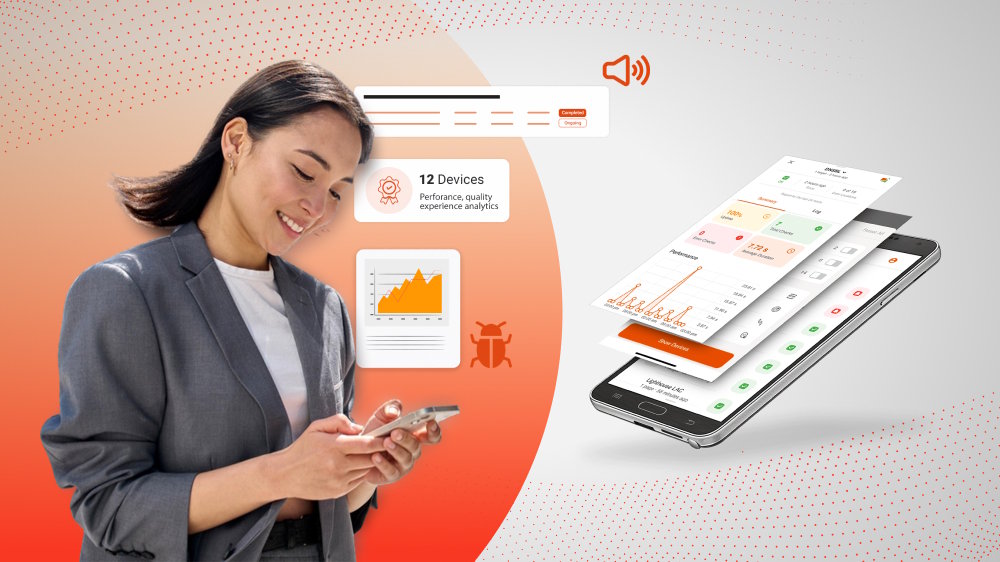
How Pharmacy App Development Benefits Both Customers and Businesses
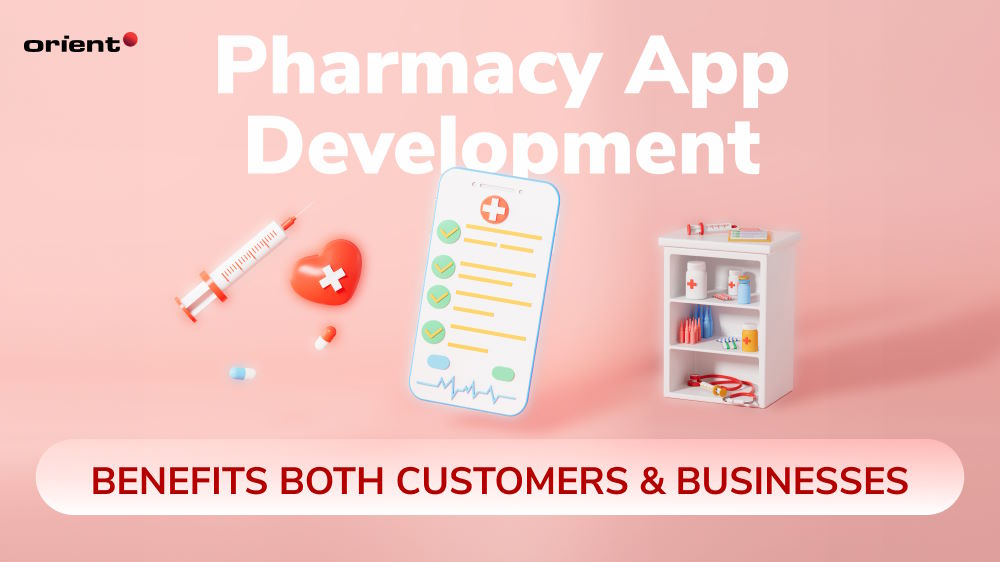
Content Map
More chaptersWhen was the last time you thought about directly shopping for something without looking it up online first? Almost anything you can think of can be bought online. Statistics show that there will be 2.71 billion digital shoppers worldwide in 2024. The past few years have seen a steady increase in Internet shoppers.
We want to focus on the realm of e-commerce in the health sector today—more specifically, the pharmaceutical industry. Yes, just like clothes, food, beverages, and cosmetics, buying your prescriptions with online pharmacy apps is possible now. Pharmacy applications are estimated to have a 23.62% user penetration rate in 2024 and a 30.92% user penetration rate by 2028, according to Statista. This indicates a noteworthy growth in the market’s global consumer base and appeal.
The large consumer base, market size, and frequent online purchases since the pandemic make for an attractive opportunity for building your own online pharmacy store. This article will explain exactly how to execute such a plan. Pharmacy app development can benefit the users and their business owners.
What Does a Pharmacy App Do?

Definition
An online pharmacy app, sometimes referred to as an e-pharmacy or medicine delivery app, is an application or website that allows users to search and choose from a variety of medicines, supplements, and nutraceuticals and have them delivered to their doorstep. Some apps also offer additional services like virtual consultations, ordering lab tests, or even healthcare checkups. The user’s medical information is usually stored in the app, making it easier for future online purchases.
Once an order is placed, the medicine order is forwarded to the nearest pharmacy. They prepare the order, then dispatch the order to the delivery service and ship it to the customer. Users can track the delivery in real time.
Types of Pharmacy Apps
There are four types of pharmacy apps. Knowing the types of apps available will make it much easier for you to choose a suitable pharmacy app development company or even work to build a team from the ground up.
Pharmacy Apps for Marketplaces
A pharmacy marketplace is an aggregator app that allows customers to order prescriptions from any registered pharmacy on the platform. This model provides more choices and price comparisons for customers while also eliminating the need for pharmacies to create their own pharmacy apps. However, building the logistics, data aggregation, and medication information collection processes from scratch may be necessary. It is a viable option for new companies looking to attract customers.
Pharmacy Apps for Online Stores
Online store apps are associated with a specific pharmacy store or chain. This means the user’s choices are more limited, but the processes, data, and customer services have all been well-established and streamlined.
Pharmacy Apps for Store Chains
Another choice for pharma app development is building administrative apps to manage processes in pharmaceutical organizations. Instead of features similar to that of e-commerce apps, these apps’ features are designed to support logistical tasks, e.g., data analytics settings, inventory management, digital catalog integrations, etc. Unlike the previous types mentioned, store chain apps focus on streamlining internal processes rather than providing customer services.
Pharmacy Apps for Handbooks
There are pharmacy marketplaces, pharmacy stores, and even online administrative pharmacy apps. Why not create an app solely for research? Depending on the target user, this type of app updates users with the latest approved drugs. It can also act as a vaccination reminder with all the information regarding the vaccinations.
This app’s database, however, needs to be regularly updated and secured with a user-friendly interface.
Examples
The global online pharmacy market is vast. We would like to introduce you to some of the top mobile apps in the USA market and the Vietnamese market.
Epocrates
Epocrates is a medical application for pharmacists that offers clinical reference information, drug interaction checkers, pill identifiers, and insurance coverage information. Users can enjoy additional features like medicine monograph for a monthly fee.
CVS Pharmacy
This is one of the most popular healthcare mobile apps in the United States. The main features include online medicine ordering, refiling and managing prescriptions, and online video chat with healthcare providers.
FPT Long Chau
FPT Long Chau is a famous online pharmacy app in Vietnam. Its notable features include online medicine ordering, storing and managing prescriptions, consultations with pharmacists, and vaccination records management.
Why Build an Online Pharmacy App?
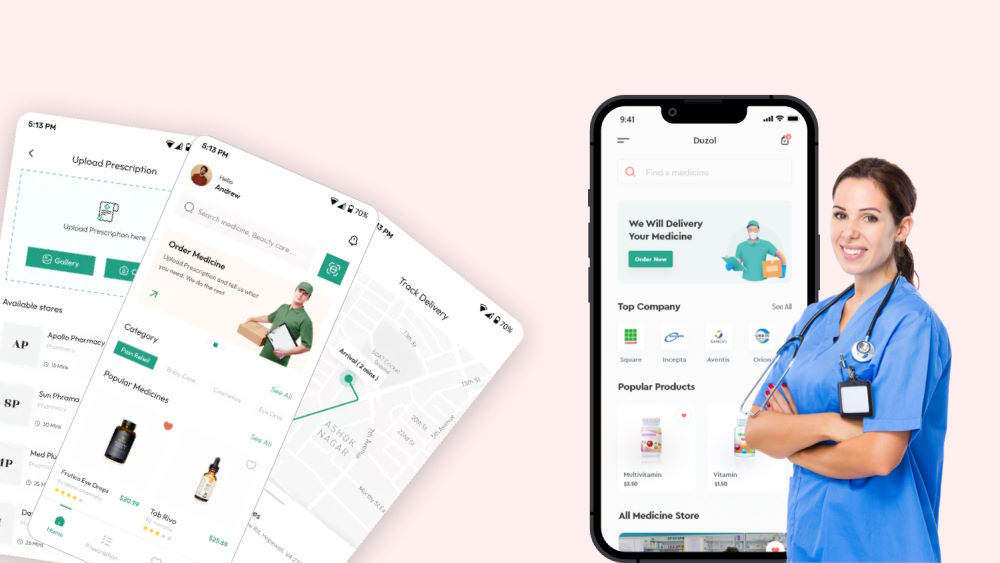
Whether you want to build a pharmacy delivery app or an app focusing solely on providing useful information, there are many advantages you stand to enjoy when joining the market.
Benefits for Customers
- Easy price comparisons. There are often frequent promo deals and discounts, so customers can buy medicine at better prices. Moreover, marketplace pharmaceutical apps make it easy for users to compare prices from the various competing vendors on the platform.
- Convenience and safety. Online pharmacies provide users with the privacy that traditional ones normally don’t have. You no longer need to worry about someone eavesdropping about your condition and medicine. Even better, you can order from the comfort of your home without waiting for anyone.
- Safety. After the pandemic, people have become more aware of infection through contact. Being able to order medicine online keeps both the customer and other people safer.
Benefits for Businesses and Pharmacies
- Better customer experience. Due to the convenience of ordering and tracking medications, customers often feel safe and more comfortable going through the process of buying and refilling prescription drugs.
- Broaden audience. You might already be a well-established pharmacy chain, but with the help of pharmacy apps, you are leaving your digital footprint and attracting more users.
- More profits. As the application can generate more sales, your business will also enjoy a boost in profits.
- Taking advantage of digital transformation. Pharmacists often have to handle meticulous and repetitive tasks on a daily basis. With the help of technology like built-in analytical tools or automatic notifications when certain drugs are low on stock, pharmacists’ daily tasks would be much easier.
Online Pharmacy Apps Top Features
As you have observed in the examples, there are several key features that the most popular apps share. Here is a list of fundamental features pharmacy app developers need to keep in mind. Depending on your target users, there are different basic elements to include.
User Interface Features
- Easy registration and login process
- Customized search and filters, e.g., location or price point
- Real-time location tracking for medicine orders
- Push notifications to remind prescription refilling or vaccination schedules
- Secure online payment gateways
- Prescription and photo uploading
- Drug information
- Order history and the option to repeat the order
- In-app messaging
- Chatbots to answer user’s frequently asked questions
- Personalized recommendations that are AI and ML-powered
Pharmacists Features
- Intuitive registration and login process
- Pharmacy profile
- Delivery history
- Warehouse system management integrations to manage inventory
- Order management system
- Push notifications to let vendors know medicine availability and order request
- Real-time deliver tracking
- Report generation on sales and orders
- Billing features to track the order payment status
Administration Panel Features
- User and pharmacy management
- Order information management
- Return and refund management
- Payment management
- Report and analytics
- Push notification regarding stocks
- Verification features
Courrier Features
- Driver profile
- Order details
- Map integration for navigation
Pharmaceutical App Development in 5 Steps
Research and Define Scope
The first step is to narrow down the scope of the online pharmacy app development project. Try to find the answer to the following questions:
What popular apps on the market are your point of reference?
What purpose is your app serving? For example, do you want to develop a medicine delivery app for patients or an app for pharmacists to track their inventories?
Who is your target audience?
What are the must-have features, and which features are nice to have?
Test Your Business Model
Theory is always different from practice. This is not to say that research is not essential, but that you need to test your ideas in a focused group and gather feedback before going all out on your business ideas.
Choose a Software Development Team
By “choose,” we mean you can choose to build an in-house team, hire freelancers, or seek professional pharmacy app development services - in other words, outsourcing.
We recommend outsourcing since a team of seasoned experts will help you quickly identify any possible flaws, choose the most suitable tech stack, and even shorten time-to-market markedly. Orient Software mobile app development team is a credible choice. We have abundant experience building custom healthcare solutions.
Coding
After thorough preparation, it is finally time for the longest phase of any project - coding. This is when you develop the backend and front end and design the UX and UI while integrating the necessary APIs for your app. It is important to ensure that the code is optimized for speed, scalability, and security. This involves using best practices and following industry standards to create clean, efficient, and well-documented code.
Test, Launch, and Maintain
Before launching your app, make sure it has been thoroughly tested. You cannot redo the user’s first impression of the app, so make sure to regularly test the app during coding to find and resolve any bugs or issues. This can be done through manual testing or using automated testing tools.
Launching the application in the Apple App Store or Google Play Store isn’t the end of the project. The team needs to constantly monitor and pay attention to the feedback to resolve any issues in a timely manner. Maintaining is just as important as any other steps.
Key Considerations in Pharmacy App Development
Compliance
Just like any other healthcare app, pharmacy applications need to comply with regulations and guidelines. They are different depending on which country or region you are operating in. We will take a quick look at the regulations in the U.S. as a reference point:
- HIPAA-compliant cloud storage is essential in pharmaceutical software development.
- GDPR, CCPA, and PIPEDA are legal frameworks regulating data privacy in the European Union and Canada.
- HITECH regulations protect data related to electronic health records (EHRs).
- NIST provides guidelines and tools to comply with HIPAA privacy regulations.
- DSCSA, enforced by the FDA, prevents the delivery of unlicensed medications.
- CSA, the Controlled Substance Act, deals with medication storage and distribution security.
Security
User information, prescription data, and other related health data are sensitive data. You should use multiple methods to keep the data safe, like encryption, two-factor authentication, etc. Additionally, you need to use a reliable database management system to safeguard the data.
Integration
Your pharmacy app should be able to integrate with other healthcare platforms, such as EHRs or telemedicine platforms. Allowing integration improves the accuracy and efficiency of your pharma app.

